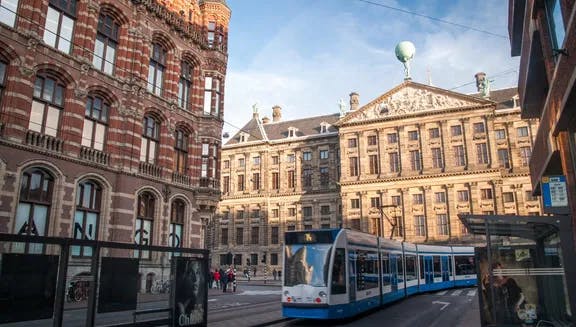
Amsterdam’s architectural style: canals, bridges and many more
Gabled facades
Amsterdam’s canal belt is on the UNESCO World Heritage List and it’s where you’ll find charming canal houses. Originally homes for the wealthy, many were built at the height of the 17th century. Be sure to look up as you wander or cruise by, as the ornate facades and gables are something to behold. Walk along the Herengracht, Keizersgracht or Prinsengracht, venturing down the smaller canals that sprout off them. You can also get a peek behind the scenes to marvel at these architectural wonders by visiting canal house museums such as FOAM, Huis Marseille, Huis Willet-Holthuysen and Museum van Loon in repurposed homes. Many of these have spectacular secret gardens hidden in the back which offer a tranquil retreat.
Tip: You can visit most of Amsterdam's canal house museums for free with the I amsterdam City Card.
Amsterdam School

It's all about sculptural brickwork when it comes to this iconic architectural style. Referencing Expressionist architecture, Jugendstil (Art Nouveau) and elements of Art Deco, the Amsterdam School gives equal weight to the interior and the exterior of each building. Amsterdam School was used for many housing estates, government institutions and schools and was influenced by the socialist roots of the style’s founders. Some prime examples of the Amsterdam School include Museum Het Schip, Het Sieraad (the jewel) and Het Scheepvaarthuis. See our list of Amsterdam School highlights for more.
Iconic monuments
Amsterdam Centraal Station and the Rijksmuseum are two of Amsterdam’s most iconic and recognisable buildings. Both were designed by Dutch architect Pierre Cuypers, combining Renaissance and Gothic elements and are sometimes considered as being Neo-Gothic in style. For full effect, explore both the exterior and interiors of Amsterdam Centraal Station and the Rijksmuseum. Once inside, take note of the redeveloped foyer with natural light flowing in from the atrium.
Modern classics
Amsterdam is home to some truly striking architectural feats, including the massive bathtub that's part of the Stedelijk Museum’s extension or the dramatic lines of Eye’s sleek edifice on the IJ, which was inspired by the overlaying of reality and fiction, illusion and real experience. Three sterling examples of modern architecture include the Eye Filmmuseum, the ship-like NEMO Science Museum designed by Italian architect Renzo Piano, and Pontsteiger, a 26-storey high-rise with sprawling views of the IJ River.
Bridges galore
In a city of 1,200+ bridges, it’s fair to say that there are some striking examples of bridge building in the city. The oldest bridge, the Torensluis, dates from 1648 and in the Eastern Docklands area, you’ll find one of the city’s newest bridges, the Python Bridge. It’s not just about the architecture, engineering also plays a part as many of these bridges elevate to allow high boats to pass and when back in place, trams, trains, cars and bikes can continue to cross. Some iconic bridge views include the Magere Brug (Skinny Bridge) and The Seven Bridges - one of the city’s most romantic spots.
Cloud scrapers
Amsterdam’s business district is a hotbed of contemporary architecture. From skyscrapers (or "cloud scrapers" as the Dutch say: wolkenkrabbers) to quirky low-rise optical illusions, Zuidas is home to some of Amsterdam’s boldest new buildings. Four buildings that push form include the former ING Headquarters, which looks as if it would be more at home in space; The Rock, a building that uses crooked elements to reflect nature; The OMA Architecture designed Nhow hotel, which is the largest in the Benelux and The RAI Car Park by Benthem Crouwel Architects - a joy to behold with its fantastic curves and ramps.
Repurposed buildings
Time can change how we use space. For some buildings, it’s the end of the line, and in roll the wrecking balls. But for others, it's an opportunity to be put to new uses. From the former bridge houses transformed into hotel suites to entire the entire NDSM Wharf - a former shipyard which has been converted into hip eateries and creative spaces, Amsterdam has its fair share of repurposed urban areas. Other popular spots include De Hallen in Oud-West, which was once a tram depot, and Markt Centraal, which hosts various cultural events. Learn more about Amsterdam’s repurposed buildings.
Eastern Docklands
Once a hub for the shipping industry, the Eastern Docklands is now a vibrant residential area featuring some daring architectural constructions. Nestled among row houses are flashy buildings that somehow blend into the surroundings. Check out: The Whale by Frits van Dongen which has become a landmark, comprising 194 apartments, retail and commercial space with a private garden; Pythonbrug (Python Bridge) by West8 snakes across the water and has quickly become a much-loved icon in the area and The Yays Crane Apartment in, you guessed it, a former crane.
Urban planning
Over the years, Amsterdam has transformed its neighbourhoods in waves. From the initial push-out of the canal belt to districts in all directions, developments were the work of a single architect or an experiment with new building materials. Take a walk through neighbourhoods such as Bijlmer, Bentondorp and Nieuw West to experience the vision of urban planners. Dutch architect and urban planner Cornelis van Eesteren was connected to De Stijl and worked for the Town Planning department of the City of Amsterdam. Visit the Van Eesteren Museum devoted to his work in Amsterdam’s Nieuw-West.
Architecture tours

Architecture aficionados can join several tours that will take you to the city’s impressive buildings and provide detailed information on their history. ARCAM operates tours and stages exhibitions and is itself housed in a small sculptural building. Likewise check out the Borneo Architecture Centre in the Eastern Docklands, which offers regular walking tours in English.
Related articles
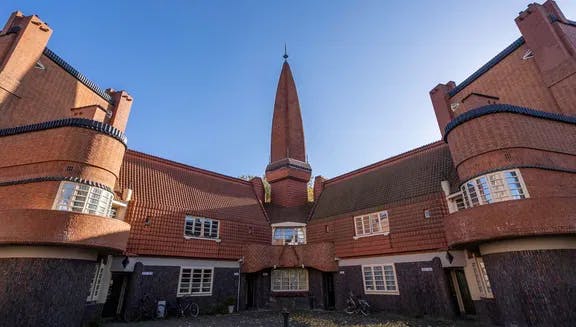
Amsterdamse School highlights
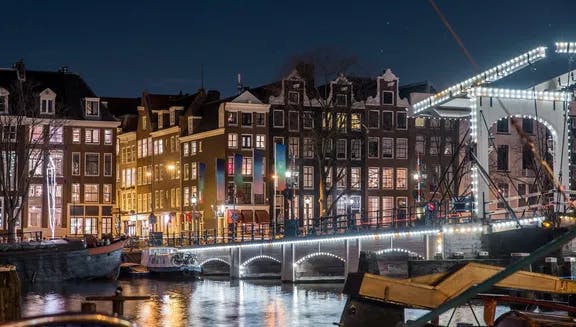
Bridges of Amsterdam

Weird and wonderful houses
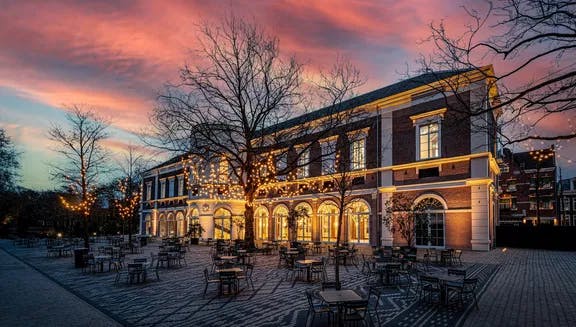
Unique wedding venues in Amsterdam
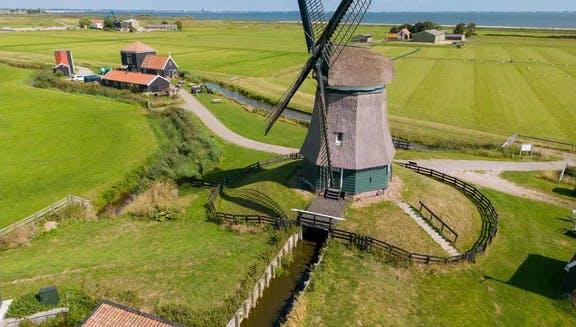
Windmill spotting in and around Amsterdam
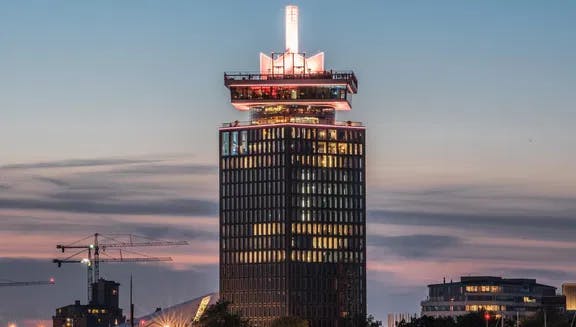
Unusual repurposed buildings in Amsterdam
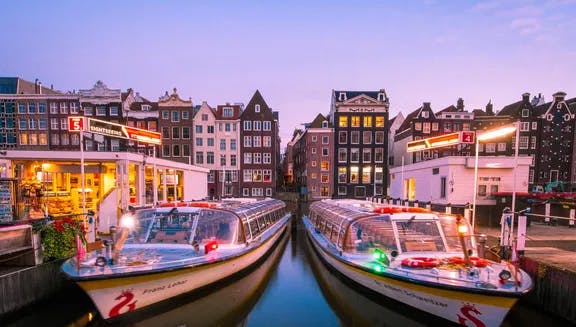
Why a canal cruise is the best introduction to Amsterdam
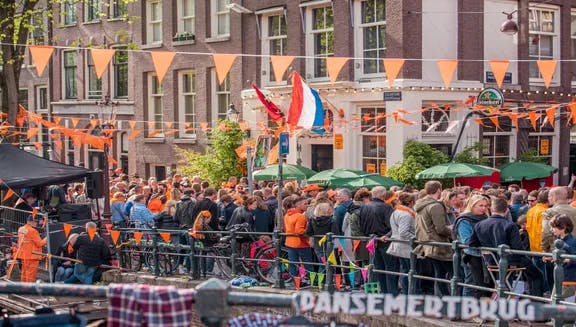
Decoding Amsterdam's city symbols
